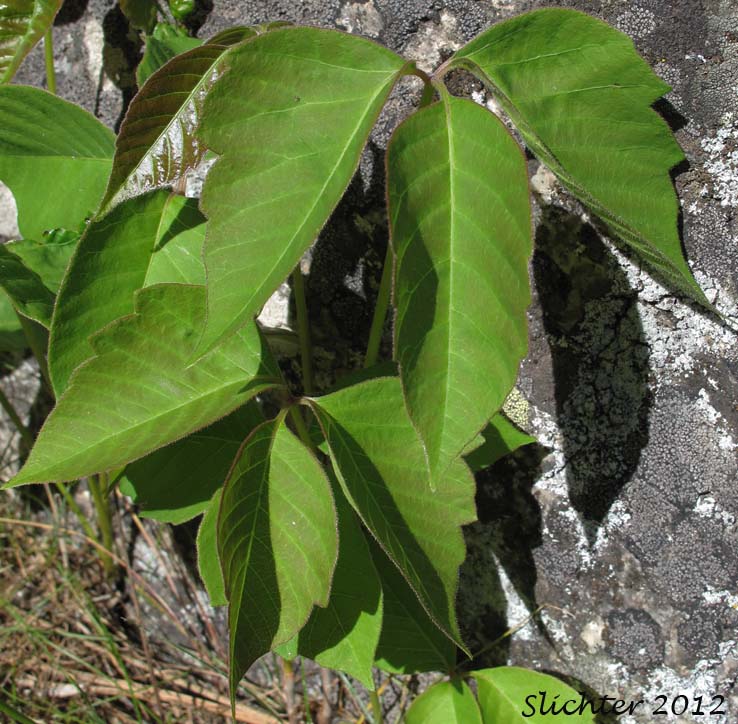

Ī plant-based remedy cited to counter urushiol-induced contact dermatitis is jewelweed, though jewelweed extracts had no positive effect in clinical studies. Over-the-counter products to ease itching-or simply oatmeal baths and baking soda-are now recommended by dermatologists for the treatment of poison ivy. These lesions may be treated with Calamine lotion, Burow's solution compresses, dedicated commercial poison ivy itch creams, or baths to relieve discomfort, though recent studies have shown some traditional medicines to be ineffective. Urushiol binds to the skin on contact where it causes severe itching that develops into reddish inflammation or uncoloured bumps, and then blistering. After injury, the sap leaks to the surface of the plant where the urushiol becomes a blackish lacquer after contact with oxygen. The pentadecyl catechols of the oleoresin within the sap of poison ivy and related plants causes the allergic reaction the plants produce a mixture of pentadecylcatechols, which collectively is called urushiol. Over 350,000 people are affected by urushiol annually in the United States. Typically, the rash from the urushiol oil lasts about five to twelve days, but in extreme cases it can last a month or more. Around 15 to 25 percent of people have no allergic reaction to urushiol, but most people have a greater reaction with repeated or more concentrated exposure. In extreme cases, a reaction can progress to anaphylaxis. Urushiol-induced contact dermatitis is the allergic reaction caused by poison ivy.

Main article: Urushiol-induced contact dermatitis Clusters of small, greenish flowers bloom from May to July and produce white berries in the fall a few millimeters in diameter. Additionally, the leaf clusters are alternate on the stem. These leaves can vary between an elliptic to egg shape and will have either smooth, lobed, or toothed margins. They are commonly characterized by clusters of leaves, each containing three leaflets, hence the common expression "leaves of three, let it be". Poison ivies can grow as small plants, shrubs, or climbing vines.



 0 kommentar(er)
0 kommentar(er)
